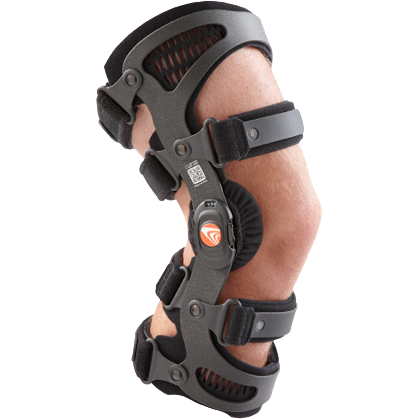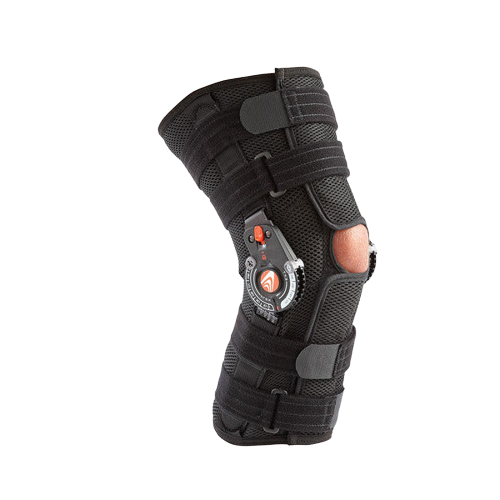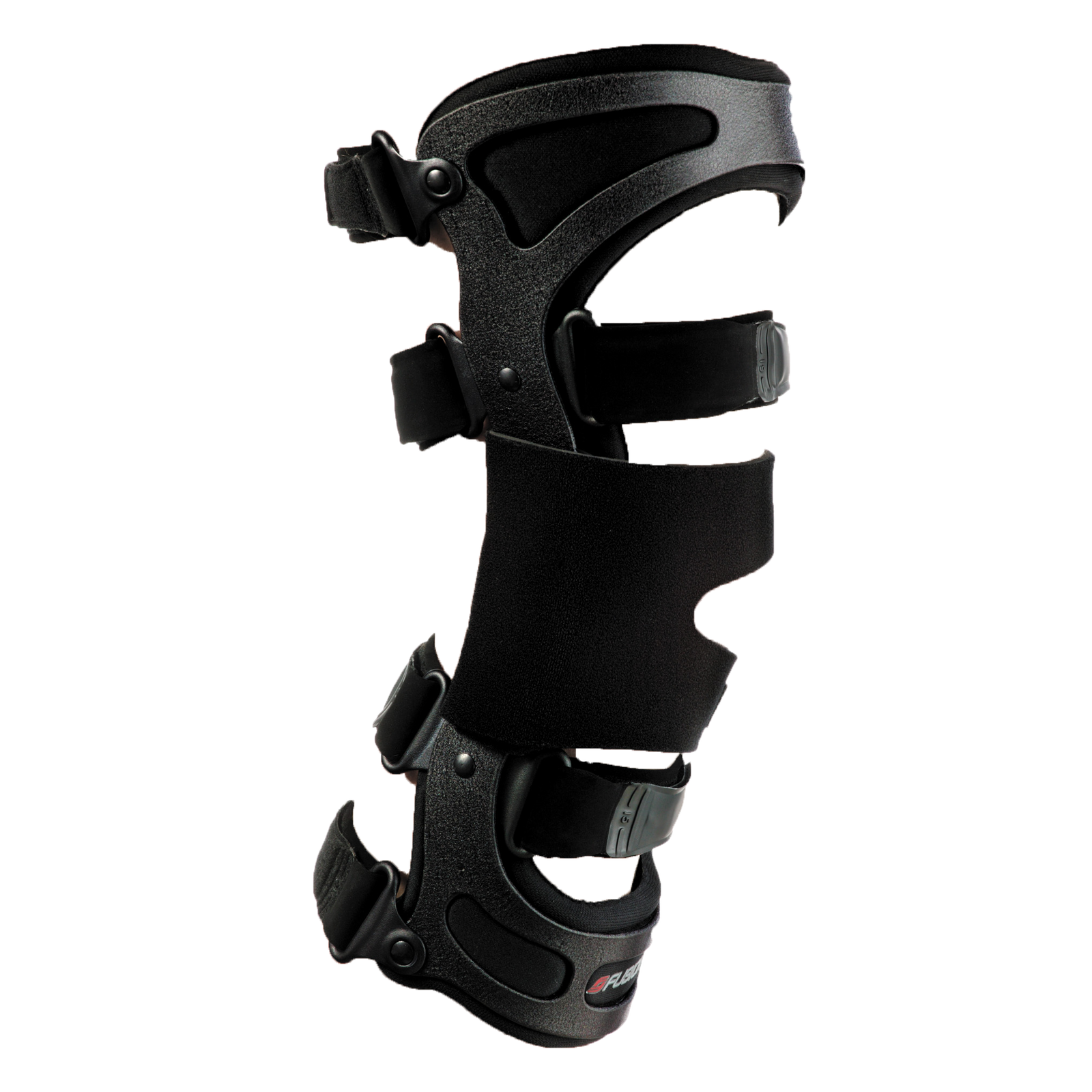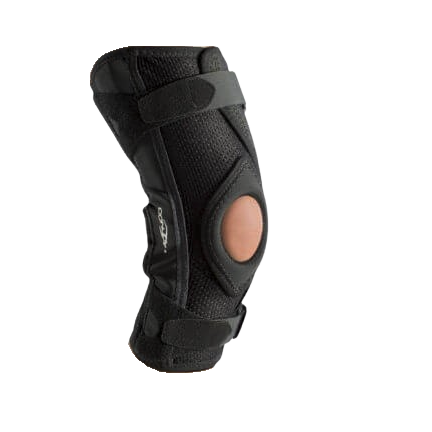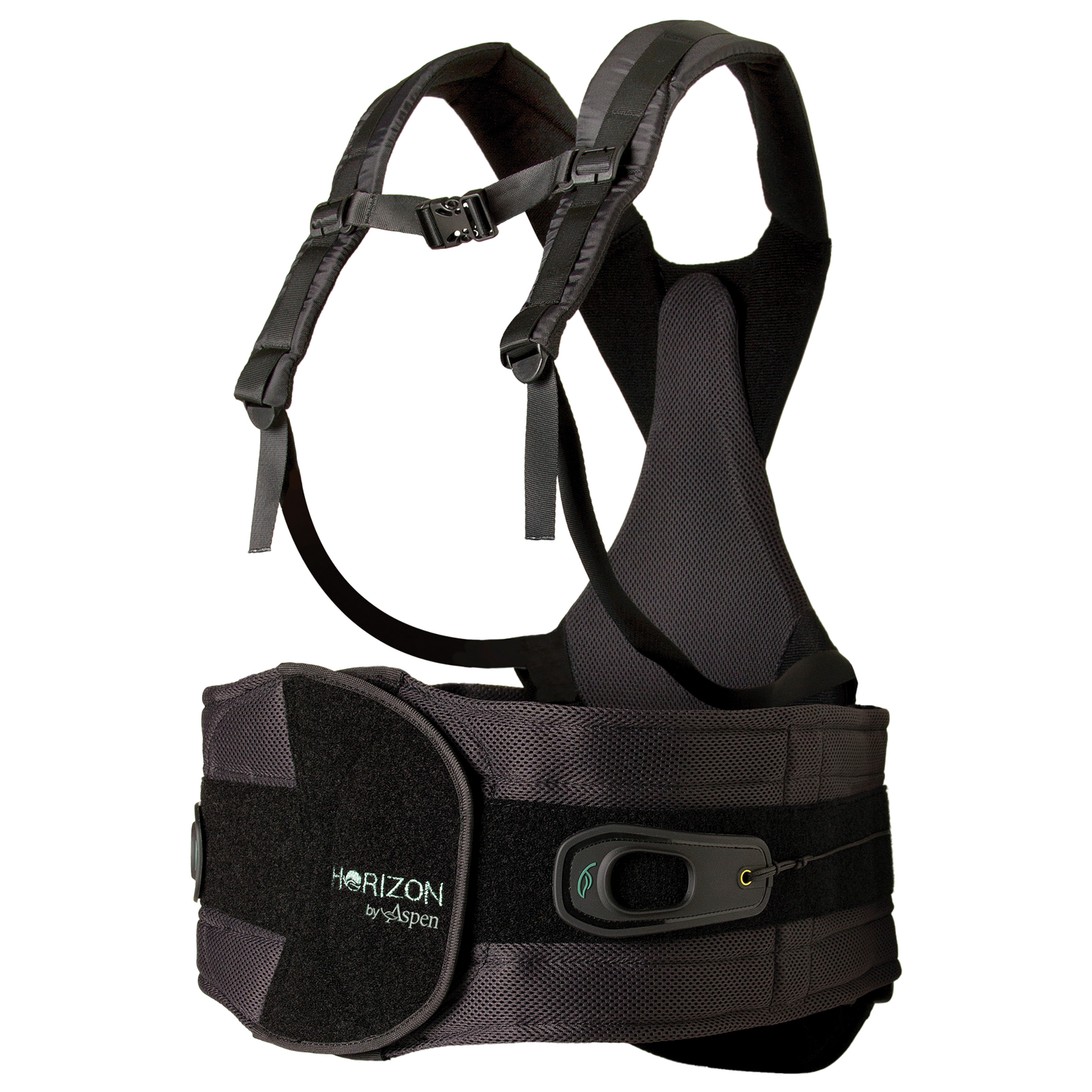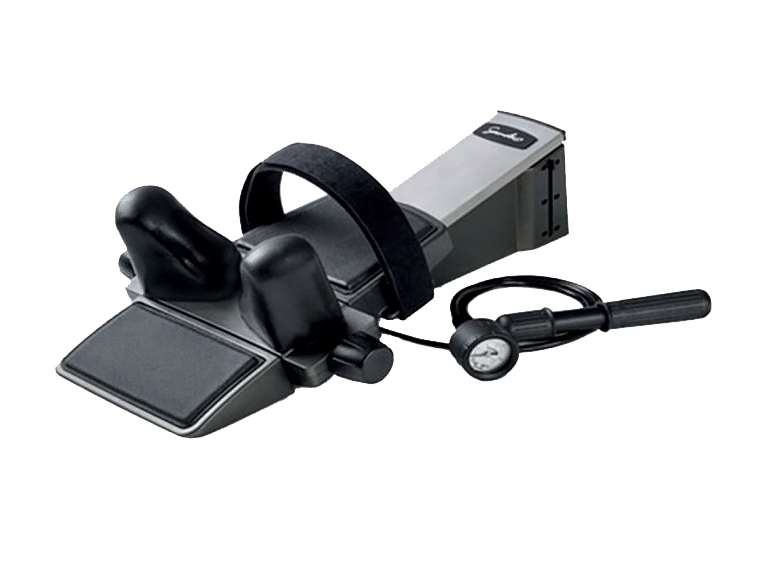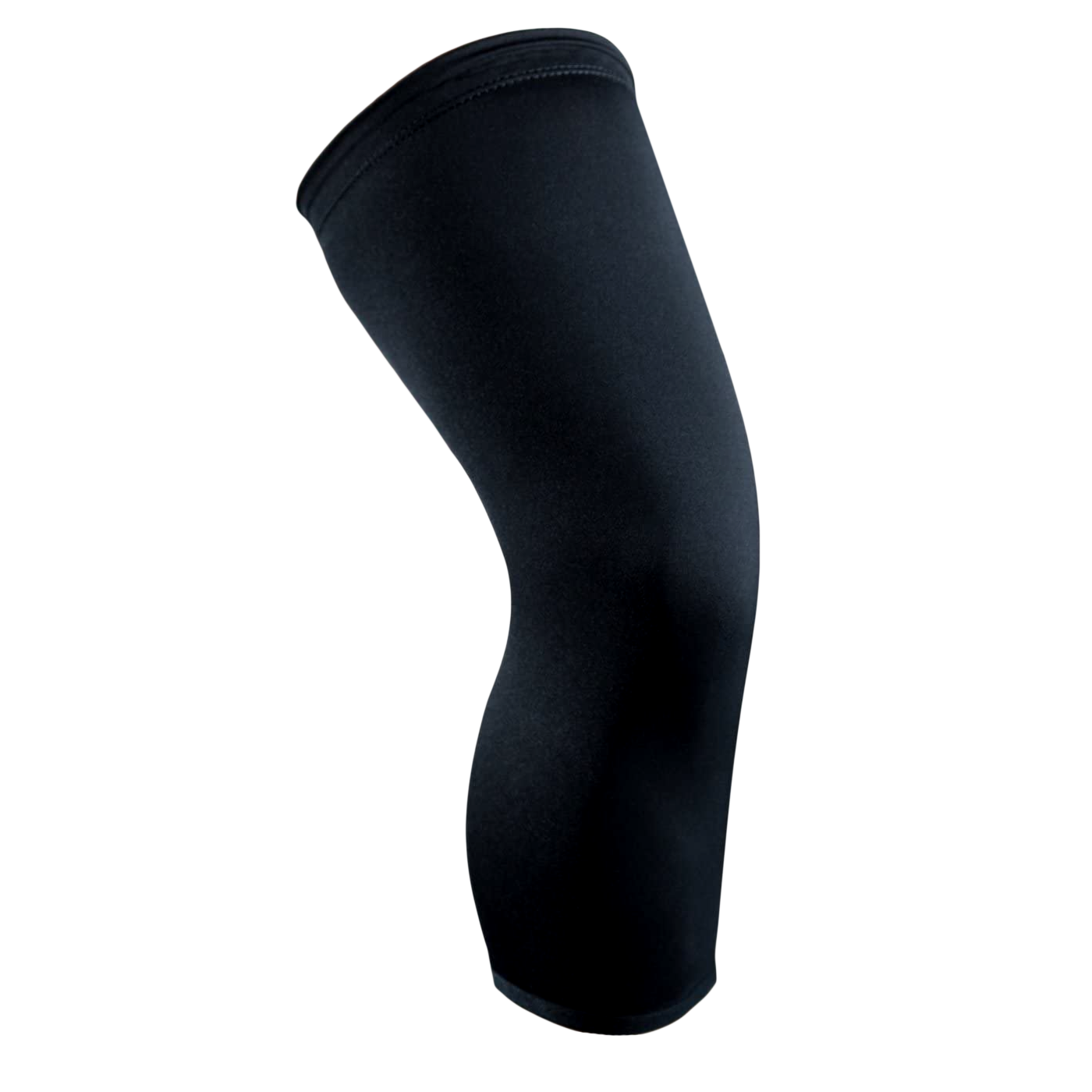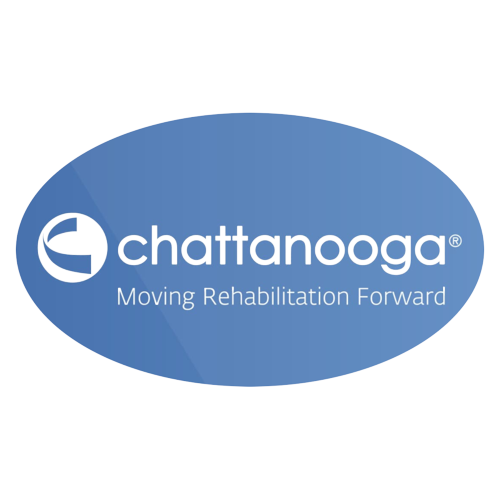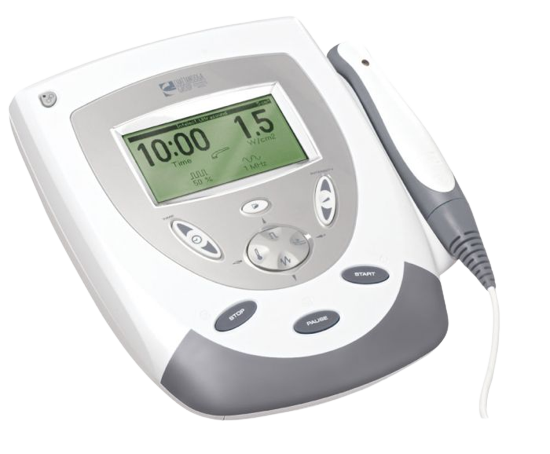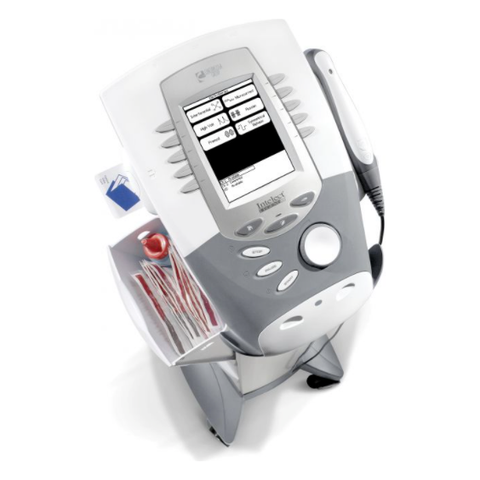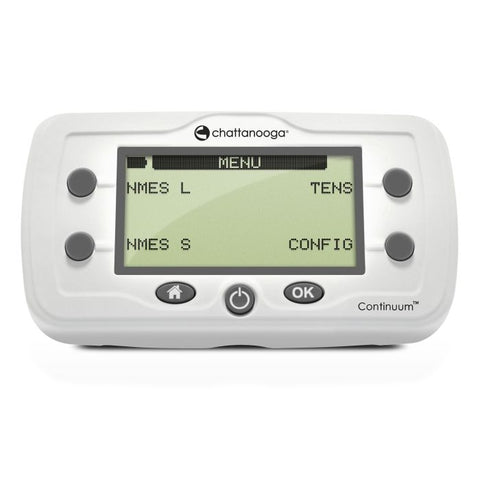 Harnessing the power of electrical currents, electrotherapy offers a wide array of benefits in the realm of rehabilitation and pain management. Electrotherapy is becoming increasingly popular in the ever-evolving field of rehabilitative medicine and has shown significant potential in enhancing patient care and improving treatment outcomes.
Harnessing the power of electrical currents, electrotherapy offers a wide array of benefits in the realm of rehabilitation and pain management. Electrotherapy is becoming increasingly popular in the ever-evolving field of rehabilitative medicine and has shown significant potential in enhancing patient care and improving treatment outcomes.
So, what is electrotherapy treatment, and what is electrotherapy used for? In this guide, we’ll explain the principles and advantages of electrotherapy, and give some tips on how to use this modern treatment strategy to enhance patient outcomes and elevate your practice.
Join us as we embark on a journey through the exciting world of electrotherapy, unraveling its mysteries, and discovering its immense potential in shaping the future of healthcare.
What is Electrotherapy Treatment?
As the demand for non-invasive, effective, and personalized therapies continues to grow, electrotherapy stands at the forefront of innovation, promising new horizons in the realm of modern medicine. But what is electrotherapy treatment, exactly? Let’s start with an overview of the basics of electrotherapy.
A Brief Overview of the Treatment
Electrotherapy treatment, also known as electrical stimulation therapy or e-stim, involves the application of controlled electrical currents to targeted areas of the body. It is a non-invasive therapy that has gained popularity in the medical field due to its versatility and potential benefits in various clinical scenarios.
How Does it Work?
Electrotherapy treatments can be administered through different devices such as TENS (Transcutaneous Electrical Nerve Stimulation) units, EMS (Electrical Muscle Stimulation) devices, or specialized machines designed for specific applications. These devices deliver electrical currents of varying frequencies, waveforms, and intensities, depending on the therapeutic objectives.
The effectiveness of electrotherapy uses relies on the underlying principles of electrical stimulation and its interaction with the human body. When electrical currents are applied to the body, they can produce a variety of physiological responses, which contribute to the therapeutic effects observed. The responses (which we’ll discuss in more detail shortly) may include pain management, muscle stimulation, and tissue repair.
What is Electrotherapy Used For?
So, what is electrotherapy used for? There are already numerous clinical applications for this novel treatment. Let’s discuss some of the most common and well-established electrotherapy uses in the clinic.
Pain Management
One of the main electrotherapy uses is pain management. The electrical stimulation can activate sensory nerves, which in turn, stimulate the release of endorphins, which act as natural pain relievers. This mechanism helps reduce pain perception and provides relief for both acute and chronic pain conditions.
Muscle Stimulation
Electrotherapy can also be used to stimulate muscles and improve their strength, endurance, and coordination. Applying electrical currents to motor nerves elicits muscle contractions, mimicking the natural signals sent by the brain. This technique is particularly useful in the rehabilitation of injured or weakened muscles, as well as for muscle re-education following trauma or surgery.
Tissue Repair and Wound Healing
Electrical currents can stimulate cellular activity and promote tissue regeneration. They can accelerate wound healing processes, including tissue granulation, angiogenesis, and collagen synthesis. Electrotherapy can also help manage chronic wounds, such as diabetic ulcers or pressure sores, by improving circulation and reducing inflammation.
Improving Joint Function and Mobility
Another electrotherapy benefit is its ability to improve joint function and mobility, particularly in cases of musculoskeletal conditions or post-injury rehabilitation. By targeting the surrounding muscles and nerves, electrical stimulation can help strengthen weakened muscles, increase range of motion, and promote joint stability.
This can be particularly valuable for patients recovering from orthopedic surgeries, such as joint replacements or ligament repairs, as well as those with conditions like arthritis or joint stiffness. Electrotherapy for back pain is becoming a popular treatment method for sufferers of acute and chronic back pain alike.
Neuromuscular Re-education
Electrotherapy plays a crucial role in neuromuscular re-education, which involves restoring normal movement patterns and coordination following neurological injuries or conditions. Through targeted electrical stimulation, it is possible to activate specific muscles or muscle groups, facilitating the relearning of proper movement sequences.
This approach is often employed in the rehabilitation of stroke patients, individuals with spinal cord injuries, or those with neuromuscular disorders to enhance motor control and functional abilities.
What is Electrotherapy Good For? Reasons to Offer This Treatment to Your Patients
Ok, so what is electrotherapy good for? In the dynamic landscape of modern healthcare, medical professionals are continually seeking innovative and effective treatment modalities to optimize patient care. Electrotherapy, with its versatile applications and potential benefits, has emerged as a valuable tool in various clinical scenarios.
By understanding the main electrotherapy uses and reasons to offer electrotherapy to your patients, you can expand your treatment options and enhance patient outcomes. Here are some of the reasons why electrotherapy is beneficial for both your patients and your practice.
Non-Invasive Treatment
Electrotherapy offers a non-invasive treatment option for patients who may prefer to avoid invasive procedures or have contraindications for certain medications. Unlike surgical interventions or pharmacological approaches, electrotherapy relies on the external application of electrical currents to target tissues, nerves, or muscles.
This non-invasive nature of electrotherapy not only minimizes patient discomfort and risk but also makes it suitable for individuals with diverse medical backgrounds and conditions. Plus, the relative cost-effectiveness of electrotherapy makes it easy for patients to embrace compared to potentially expensive surgical interventions.
Complementary to Other Therapies
Electrotherapy serves as a complementary treatment modality that can be seamlessly integrated into existing therapeutic approaches. It can augment the effects of other treatments, such as physical therapy exercises, manual therapy techniques, or pharmacological interventions.
By combining electrotherapy with conventional therapies, you can provide comprehensive and multidimensional care to your patients, potentially accelerating healing, promoting rehabilitation, maximizing treatment outcomes, and enhancing your and your clinic’s reputation.
Increased Patient Comfort and Satisfaction
Electrotherapy often offers patients a more comfortable treatment experience compared to traditional methods. The controlled electrical currents used in electrotherapy are generally well-tolerated and can be adjusted to suit individual patient preferences.
Electrotherapy can also provide immediate relief from pain or discomfort, contributing to increased patient satisfaction. The ability to tailor treatment parameters and customize the therapy to each patient's needs further enhances comfort and engagement in their own healing process.
Clinical Evidence Supporting Electrotherapy
The efficacy of electrotherapy is supported by a growing body of clinical evidence. Numerous studies have demonstrated its effectiveness in diverse conditions, ranging from musculoskeletal disorders and neuropathic pain to wound healing and neurological rehabilitation.
Research findings have shown positive outcomes, including pain reduction, improved muscle strength and function, enhanced tissue repair, and neurological recovery. The evolving field of electrotherapy continues to generate valuable evidence, offering medical professionals a solid foundation to incorporate electrotherapy into their practice with confidence.
Want to Harness the Power of Electrotherapy in Your Own Practice?
Are you ready to bring these powerful electrotherapy uses to your own patients? Here’s how you can elevate your practice by offering electrotherapy to relevant, suitable patient groups.
Invest in Your Craft at Ortho Bracing
At Ortho Bracing, we offer top-tier medical equipment, including premium Chattanooga electrotherapy units, widely regarded as the industry standard in electrotherapy machines. The Intelect Legend XT Electrotherapy System by Chattanooga is designed to deliver TENS and EMS, as well as ultrasound and interferential current. It’s the ideal addition to your clinic and is ideal for patients seeking pain relief, muscle rehabilitation, and tissue healing.
This modular system can be easily customized based on the needs of each individual patient and has an award-winning, ergonomic design. With an intuitive user interface and optional pre-set treatment protocols, you can offer a comprehensive range of therapies in one state-of-the-art unit. Plus, with Ortho Bracing’s incredible deals, you won’t find a lower price anywhere else.
In case you’re looking to elevate your clinic in other ways, we have an incredible selection of other products, including the outstanding Chattanooga ultrasound machine. Wondering how to reduce post-surgery swelling, or when should you use cold therapy for post-op patients? We have the best cold therapy machines to promote rapid rehabilitation, including an outstanding selection of Breg products from the cold therapy experts themselves.
Tips For Integrating Electrotherapy in Your Patients’ Treatment Plan
Now that you have an understanding of what is electrotherapy used for, let’s quickly touch on how to integrate electrotherapy into your patient’s treatment plan. Here are some tips:
- Before integrating electrotherapy, conduct a thorough assessment of your patient's condition, medical history, and treatment goals.
- Tailor the treatment parameters to suit each patient. Consider factors such as frequency, intensity, waveform, duration, and electrode placement.
- Consider integrating electrotherapy with modalities such as manual therapy, exercise programs, or pharmacological management.
- Educate your patients about the benefits, mechanisms, and expectations of electrotherapy.
- Monitor and evaluate the progress of your patient's treatment regularly. Assess their response to electrotherapy and track changes in symptoms and functional outcomes
Embrace the potential of electrotherapy as a valuable addition to your therapeutic toolbox, and leverage its benefits to optimize patient care.
Final Thoughts on the Electrotherapy Uses for Your Practice
So, what is electrotherapy treatment, and what is electrotherapy good for? As you can see, electrotherapy can bring a staggering number of benefits to both your patients and your practice. For post-op or rehabilitative patients, or those with chronic pain conditions, electrotherapy is a highly effective, non-invasive option that can drastically improve treatment outcomes.
At Ortho Bracing, you’ll find the lowest prices on the best-quality electrotherapy equipment, including the award-winning Chattanooga electrotherapy units. Plus, buying through Ortho Bracing gives you access to unparalleled 24/7 customer support, amazing deals from all the leading brands, and expedited next-day shipping.
Bringing electrotherapy to your clinic improves patient outcomes and enhances your reputation as a leading provider. What are you waiting for? Start your journey today, with Ortho Bracing.


